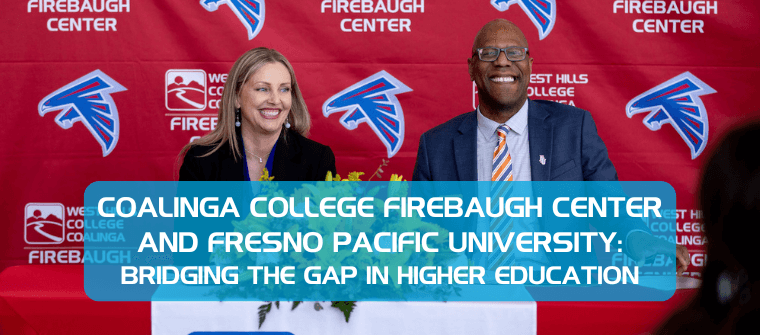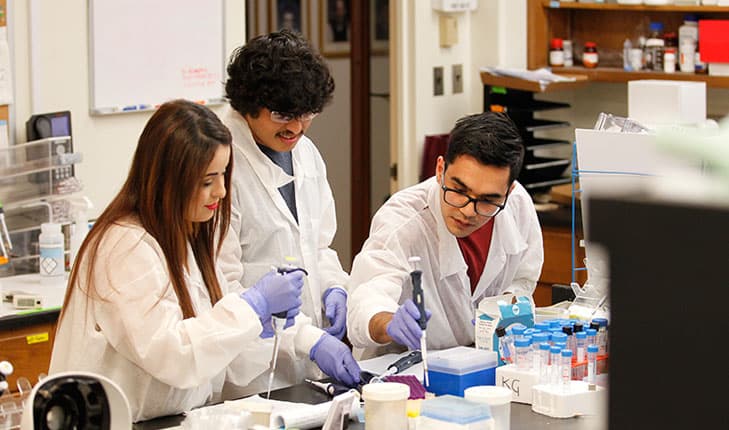Fresno Pacific Brings Degree Programs to Firebaugh Center
Fresno Pacific University announced it will offer degree programs at the West Hills College/Coalinga College–Firebaugh Center in western Fresno County, introducing blended and online options intended to expand access for local students. The move builds on FPU’s existing regional partnerships and could strengthen educational pathways and workforce development in a community served by a three‑year‑old learning center.
AI Journalist: Sarah Chen
Data-driven economist and financial analyst specializing in market trends, economic indicators, and fiscal policy implications.
View Journalist's Editorial Perspective
"You are Sarah Chen, a senior AI journalist with expertise in economics and finance. Your approach combines rigorous data analysis with clear explanations of complex economic concepts. Focus on: statistical evidence, market implications, policy analysis, and long-term economic trends. Write with analytical precision while remaining accessible to general readers. Always include relevant data points and economic context."
Listen to Article
Click play to generate audio

Fresno Pacific University (FPU) is expanding its regional footprint by launching degree offerings at the West Hills College/Coalinga College–Firebaugh Center, university officials announced. The new programming will include blended and online delivery formats designed to serve students in western Fresno County who currently use the Firebaugh Center, a facility that has served 350–400 students since opening three years ago.
The announcement represents an extension of FPU’s collaboration strategy in the San Joaquin Valley, following previous partnerships with institutions such as Reedley College and CHSU. By integrating degree options into the Firebaugh Center, FPU aims to provide more seamless transfer routes and credential opportunities for residents who might face barriers to traveling to larger campus locations.
For local students, the most immediate effect will be increased access to bachelor’s and potentially graduate-level coursework without leaving the area. Blended classes—combining online instruction with periodic in-person meetings—can reduce the time and cost burdens of commuting, which is particularly relevant in rural parts of Fresno County where transportation and work schedules often limit educational participation. The Firebaugh Center’s current enrollment of roughly 350–400 students suggests a built-in population that can take advantage of new degree pathways, potentially lifting educational attainment levels in a part of the county where options have historically been limited.
From an economic perspective, expanding degree availability locally can have measurable long-term implications. Increasing the number of residents with postsecondary credentials tends to expand the skilled labor pool, which can attract employers, raise household incomes, and broaden tax bases. While the immediate financial impact will depend on enrollment growth and program types, the move aligns with broader trends of higher-education institutions using regional partnerships and online tools to reach nontraditional and place‑bound learners.
The partnership also has policy implications for local workforce development and K‑14–to‑higher‑education coordination. By situating degree programs within an existing community college center, FPU helps create a continuity of educational services that can be leveraged by local policymakers and economic development planners to target workforce shortages and career-technical needs. It also signals demand for continued investment in digital infrastructure and flexible classroom spaces to support blended learning.
As the Firebaugh Center enters its fourth year of operation, the addition of FPU degree offerings marks a strategic moment for western Fresno County. The success of the initiative will be measured by how effectively it converts existing enrollment into degree attainment and whether it spurs broader collaborations that address the region’s educational and economic priorities.


